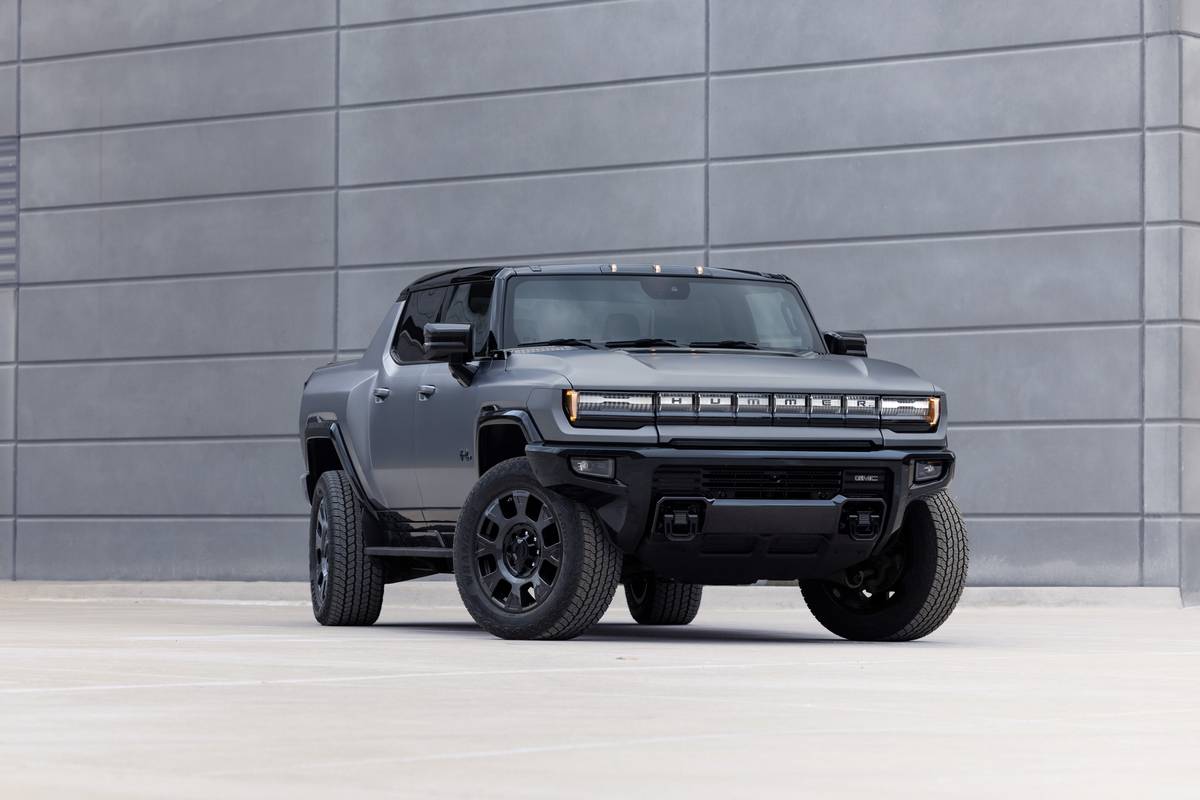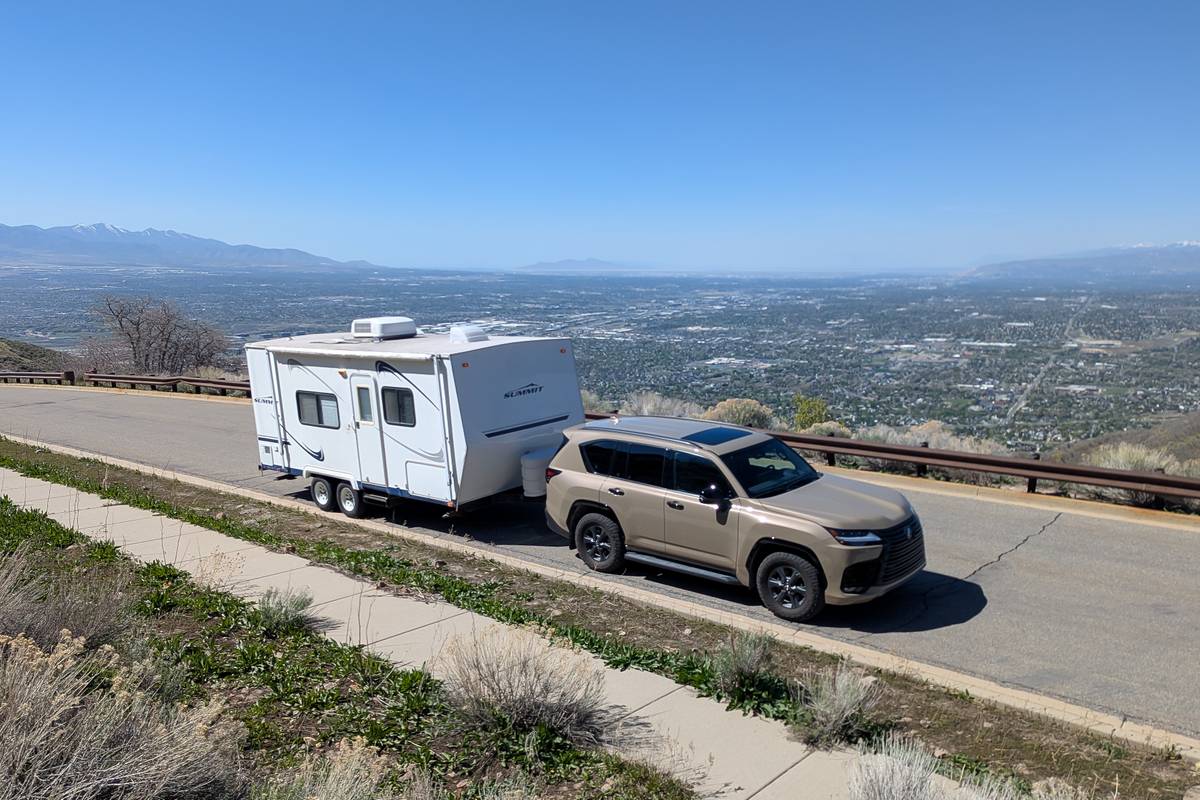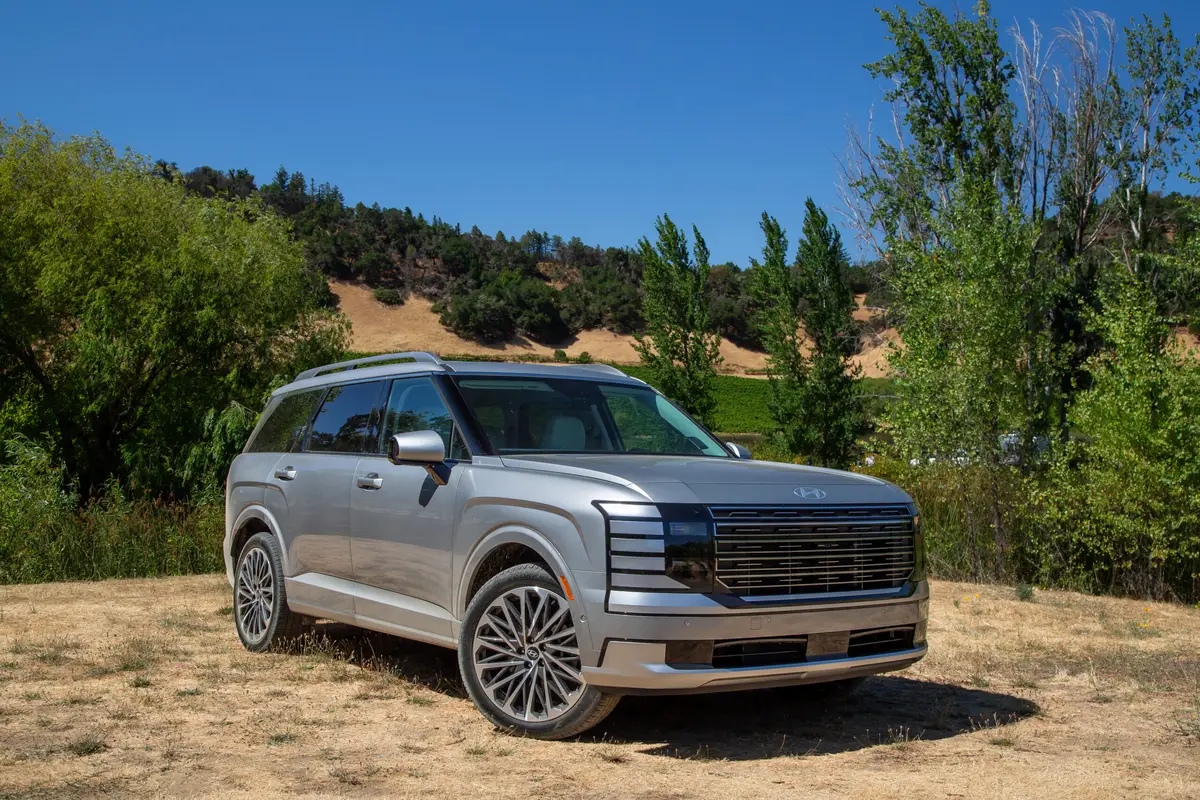Orlando Sentinel's view
I’m not about to say that the Chevrolet Cavalier was the worst car sold in America near the end of its run, but I am prepared to say that it was probably my least favorite. Central reasons: a rubbery suspension, bucket seats that made you feel as though you were actually sitting in a bucket, indifferent transmissions and a decent engine only in the last couple of years of its life. Even so, the car continued to sell well, and for those not much interested in anything more than Point A-to-Point B transportation, the Cavalier was inexpensive and reliable.
That said, for its replacement, the Chevrolet Cobalt, to be a better car than the Cavalier — well, it was a pretty low bar to clear. The Cobalt was quite a bit better, though — styling was handsome, the basic platform sound, and the various powertrains offered ranged from competent to pretty darn good.
The real measure of a populist car such as the Cobalt is how well it serves its across-the-board customers. The template for that is the Honda Civic: At the very bottom, the least-expensive Civic is still pretty and fun to drive. At the top, the Civic Si is such a potent little powerhouse that they are selling for above list price in many parts of the county.
As it happened, a 2007 Chevrolet Cobalt SS Supercharged coupe showed up for a week’s test. That’s the fastest, most-deluxe Cobalt; the tester listed for $22,658.
And that next weekend, for a quick day trip out of town, I needed a rental car and ended up with a 2007 Cobalt coupe, a very basic LT model with an automatic transmission and a rear spoiler (why it had a rear spoiler, I don’t know). Total list price: just less than $15,000.
And though the Cobalt bookends would not be confused with Honda Civics, both were right on target for their prices and their market.
The LT comes with a 2.2-liter, 148-horsepower engine. The Cobalt SS has a 2.4-liter, 173-horsepower engine. And the Cobalt SS Supercharged has the smallest engine of all, a 2.0-liter four-cylinder, but with a supercharger — essentially an underhood fan that pumps gas and air into the engine under pressure — it has 205 horsepower. Add to that 18-inch tires and wheels, a stiff suspension and a short-throw five-speed manual transmission, and the SS Supercharged is a muscular car, but is still EPA-rated at 22 miles per gallon city, 30 mpg highway. The interior is dressed up, too, with nice leather-covered front bucket seats and premium instrumentation. Cobalt coupes, regardless of model, have a “Thanks, but I’ll walk” rear seat, unless everybody’s a professional jockey. All Cobalt models but the SS Supercharged also come as a four-door sedan, and that’s the ticket if you need to use that rear seat regularly.
On the road, the SS Supercharged has a taut ride that will be too abrupt for some people, and there’s a fair amount of road and engine noise. But that’s true even with the Honda Civic Si. If you want to go fast for not a lot of money, the SS Supercharged is ready.
Even more surprising, though, is how much I enjoyed that Cobalt LT rental car. GM’s Ecotec four-cylinder family of engines continues to improve, and for a base engine to pump out 148 horsepower — that isn’t bad. The base Civic DX has 140 horsepower, and the Toyota Corolla has 126.
There’s still work to be done to the Cobalt family, but it is so far ahead of where the Cavalier was that it’s hard to complain. General Motors may be struggling, but that struggle is producing undeniably better cars.
Latest news



